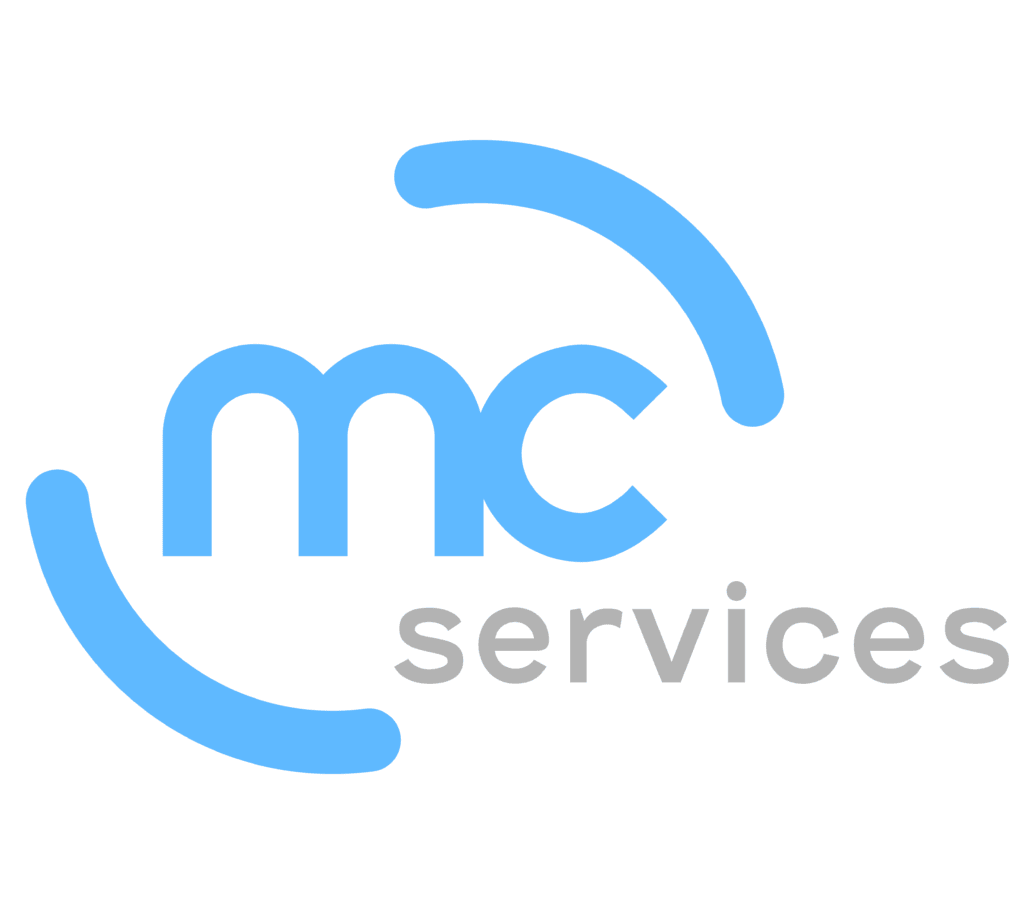When iOS 9.3 hit devices earlier this month, it introduced a feature Apple claims will help iPhone and iPad users sleep better at night. The function, called "Night Shift," alters a device's display, reducing the amount of blue light in favor of a warmer color scheme.
The option, which can be set to automatically activate after the sun sets where you are, will help restore users' circadian rhythms, according to Apple, which are thrown off by the blue light emitted by computer screens. By limiting their exposure to this light in the hours leading up to bed time, iOS 9.3 hopes to help iPhone and iPad users get to sleep quicker.
While all of this sounds convincing when Apple presents it, let's take a look at what the scientific community thinks about these claims.
According to a 2015 study published in the Proceedings of the National Academy of Sciences, participants who spent time before bed reading an e-book on a digital screen did in fact take longer to fall asleep than those who read traditional print books. What's more, they reported feeling less tired when they eventually put their heads to the pillow, and even felt less alert the next morning than their counterparts who were not exposed to blue light. The researchers also measured the the participants' levels of melatonin, a brain chemical responsible for readying the body for sleep. Unsurprisingly, those who read e-books secreted far less of the hormone than those who read print books.
With that in mind, it would appear that Night Shift could make a significant difference for people who use their phones before bed. "When you reduce the amount of light that's bad for you, and you screen out those blue rays, then theoretically you get better sleep," said Dr. Alon Avidan, a professor of neurology and director of the Sleep Disorders Center at the University of California, Los Angeles in an article published in Live Science.
That being said, Avidan is still hesitant to say that is what would take place when people start using Night Shift. Before he is ready to make that claim, Avidan says he would like to see how Apple's new feature performs in a scientific study. For even if the change in light makes a difference, there are other factors at play that could still keep iPhone users awake. According to Live Science, Avidan also suggested that simply using their devices up until bed time could be enough to keep people awake, no matter what color light they're exposed to, as doing so could make it difficult for people to "shut their mind off" before trying to catch some shut-eye.
So, while Night Shift may help encourage your brain to start thinking about sleep at a normal time, you should give it some help by shutting off your device well before you get into bed.
For expert Apple training and support, contact MC Services today.
